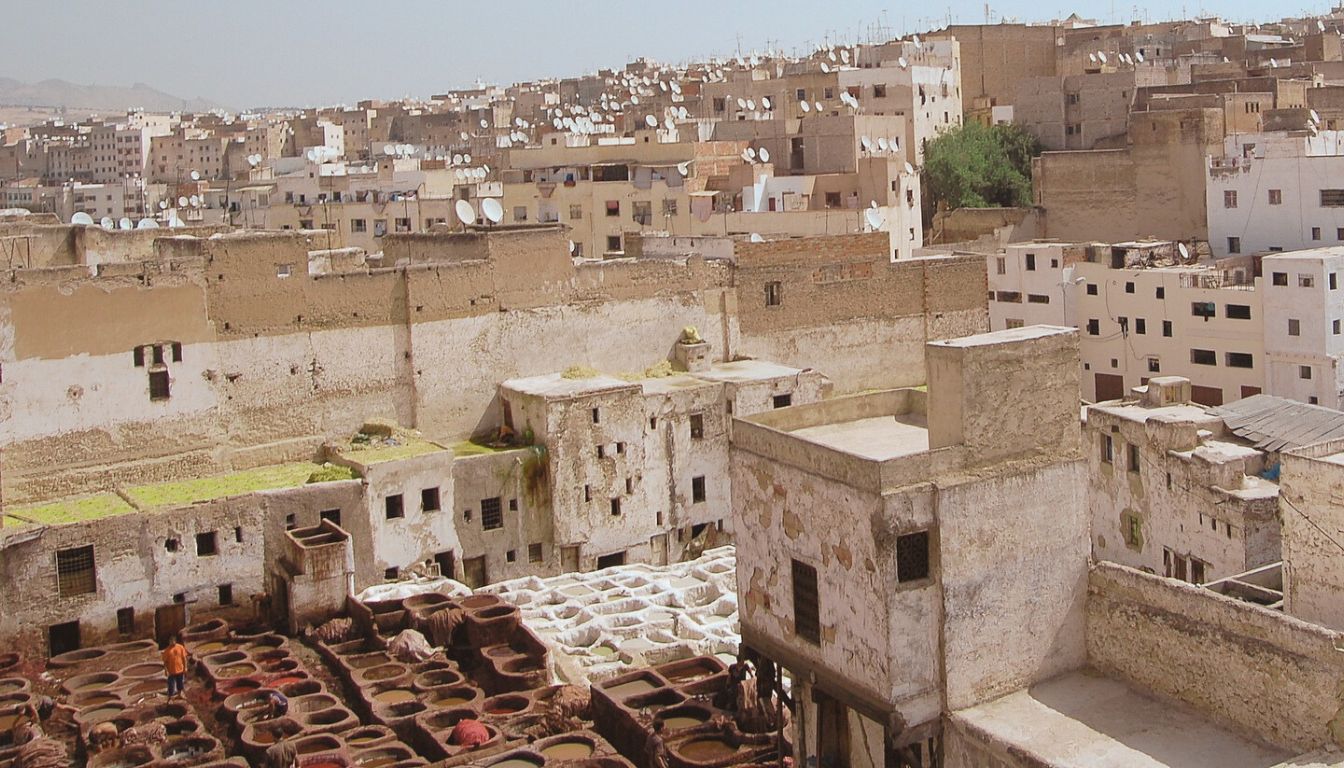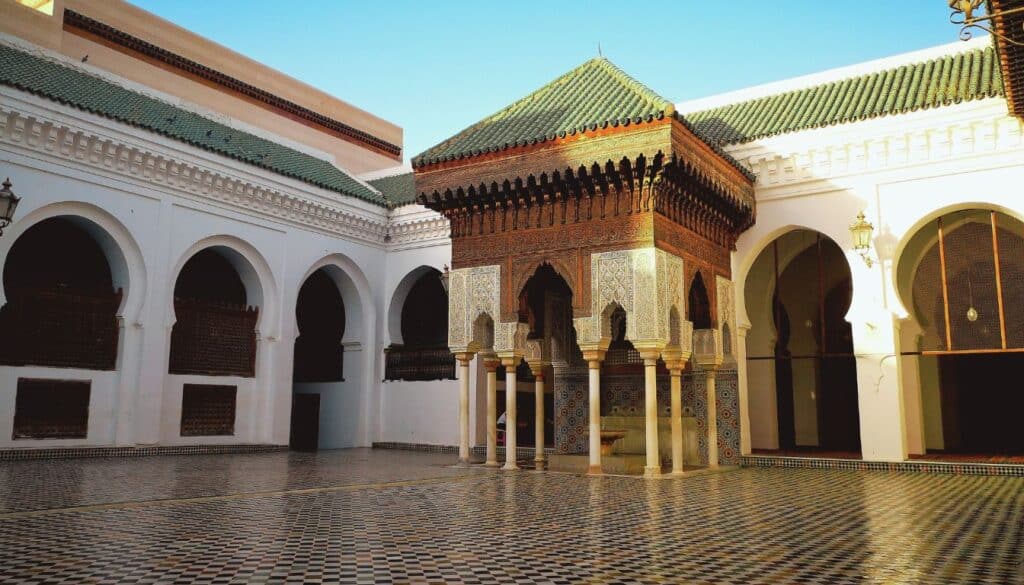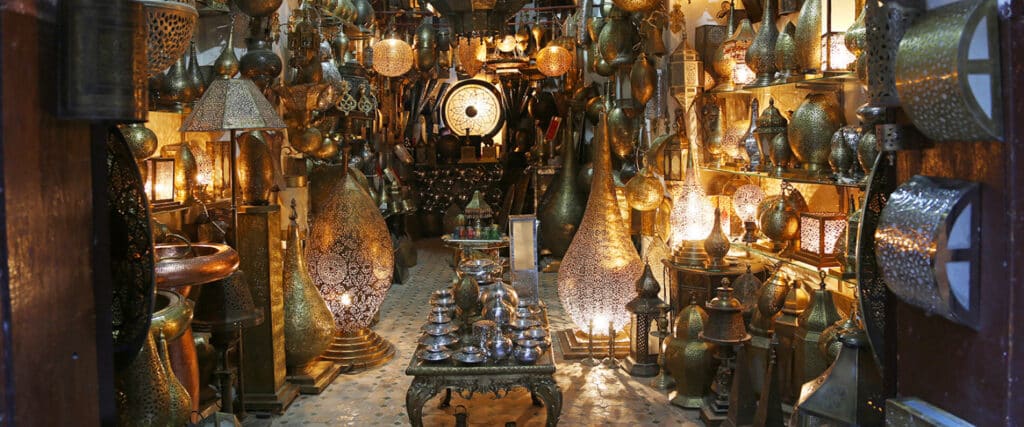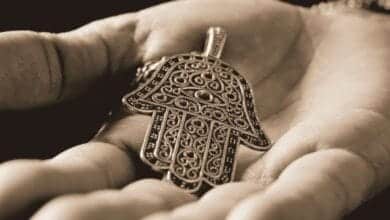
medina fes
The medina of Fez is immense, extending over 280 hectares. It is recognized as one of the largest and best preserved in the Arab-Muslim world. Since 1981, it has been a UNESCO classified site. There is a veritable labyrinth of streets and shops. It reflects centuries of Moroccan history and culture . The city was established between 789 and 808 AD by the Idrissid dynasty. It is also home to the oldest university in the world, still active today: Al Quaraouiyine University.
In 1912, the political capital of Morocco was moved to Rabat. However, Fez remains an important cultural and spiritual center of the country. Its historical wealth is visible through buildings such as madrassahs, fondouks, palaces, mosques and fountains. These monuments date from the 13th and 14th centuries, from the time of the Marinid dynasty . They tell the fascinating history of this ancient city.
History of the Medina of Fez
The medina of Fez is a mysterious place. Created in the 9th century by the Idrissids , it remains a symbol of the history of Fez. Its inscription in 1981 as a UNESCO world heritage site qualifies it as a cultural and historical jewel.
Foundation and Development
It covers 280 hectares, divided into two main parts. Fez el-Bali, the oldest, and Fez el-Jedid, more recent by the Merinids in 1276. Fez el-Bali emerged around Oued Fez, later enriched by the arrival of refugees bringing their cultures in 1502.
Historical Development
In the 13th and 14th centuries, under the Marinids, the medina of Fez was at the top. This era saw the construction of many historical monuments. Although the political capital moved to Rabat later, Fez is still the heart of culture in Morocco .
Architecture and Monuments of the Medina
The medina of Fez extends over 280 hectares, showing its rich past. Between 789 and 808, it was created by the Idrissids . The buildings of Andalusian origin have greatly marked its appearance.
There are small streets, modest squares and sumptuous houses. This shows traditional architecture in all its glory.
Architectural Styles
The Andalusian inspiration is clear in the medina. It is visible in the arches and interior courtyards. The medina, witness to more than 12 centuries of evolution, shows a rich heritage of the medina .
Walking through the 90 km of streets, you see modest houses but also beautiful palaces. It is a real journey through the history of traditional architecture .
Famous monuments
The El Quaraouiyine Mosque, built in 859, is a jewel of the medina. The Medersa Attarine, from the 14th century, highlights the influence of the Merinids. And who doesn’t know the magnificent Bab Boujloud , the blue door, emblem of the city?
These monuments illustrate the rich architectural and spiritual history of Fez.
The Al Quaraouiyine mosque and university
The Fez Al Quaraouiyine Mosque is central to the glory of Fez. Founded in 859 by Fatima Al-Fihriya, it is the oldest university still active. UNESCO and Guinness World Records have recognized it as such.

History of the Mosque
In the 9th century, the mosque of Fez was not just a place of faith. It was a place of learning about Islam and became a university during the Almoravid era. It attracted great scholars, such as Averroes and Ibn Khaldoun, in the medieval period.
Cultural and Religious Significance
It awards the oldest doctorate in medicine, awarded in 1207 to Dr. Abdellah Ben Saleh Al Koutami. The Fez mosque values teaching and learning. Today, Islamic education trains new thinkers in cities like Marrakech and Tetouan.
The Medina Souk: An Artisanal Paradise
The Medina Souk in Fez is a colorful and fragrant place. He is known to be the best when it comes to craftsmanship. In this traditional market, you can find everything from fine fabrics to exceptional leather products. This shows the great culture that reigns in the medina.

The Chouara Tannery
In the heart of the medina, the Chouara Tannery stands out. The guided tour is only 10 MAD, less than 1 €. Here you can see how leather is worked, using techniques passed down for centuries.
The artisans tan and dye the leather with great care. This experience tells the rich history and traditional skills of Morocco.
The Fondouk Nejjarine
Near the Tannery, we find the Fondouk Nejjarine . It was a place where merchants rested. Now, it is a museum that highlights the art of Fez wood. You can see unique tools and creations from local artisans. Thus, we discover the beauty of the region’s artisanal heritage.
Unmissable sites of the Medina of Fez
Discovering the medina of Fez means diving into history and culture. Each place tells you a unique story. From large and majestic gates to sacred mausoleums, not forgetting the beautiful fountains. This heritage, recognized by UNESCO, shows how Fez has kept its history and its soul alive for centuries.
Bab Boujloud
Imagine yourself in front of Bab Boujloud , the famous gate of the medina. It was built in 1913. It is the emblematic entrance for all curious people wishing to discover the medina. Its colorful mosaics mark the passage into a universe where time seems to stand still.
Mausoleum of Moulay Idriss
The Moulay Idriss Mausoleum is a holy place for Muslims, dedicated to the founder of the city. It is a place of tranquility in the heart of the hustle and bustle of the medina. Only Muslims have access to it. For them and for visitors, it is a place of great spirituality.
Nejjarine Fountain
The Nejjarine Fountain is a functional work of art, a testament to Fez’s flourishing past. Located near its museum, it shows how water was essential in Islamic culture. This fountain is a symbol of the successful union between beauty and practical need.
Conclusion
The Medina of Fez began in the 9th century and is a true treasure of Islamic history and culture. This city was an important capital under the Marinids in the 13th and 14th centuries. It is still just as magnificent, with its charming streets and picturesque shops.
Since 1981, the medina of Fez has been on the World Heritage List. Its unique architecture has evolved over more than a thousand years. It is one of the largest historic cities that remains well preserved in the Arab-Muslim world. Local preservation efforts, in partnership with the De-Densification Agency, show a strong desire to protect this heritage.
Even though the political capital of Rabat was established in 1912, Fez remains the cultural and spiritual capital of Morocco. Many travelers come here to experience the history and special atmosphere of Fez. There are projects in place to protect this site, with UNESCO and UNDP contributing. Thus, Fez remains a key place to visit in Morocco.


